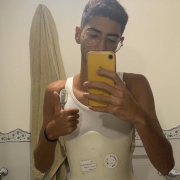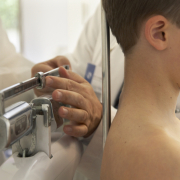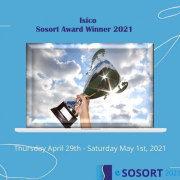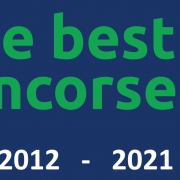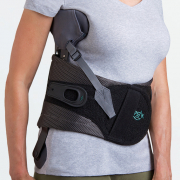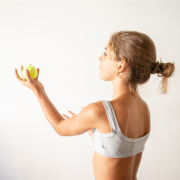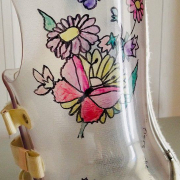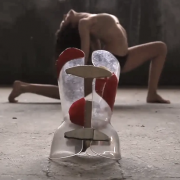A brace is a tool used to prevent the progression of scoliosis. They can be made of different materials: plastic (with metal parts), partly leather, or entirely elastic and fabric.
Finally, there exist numerous models with different names, such as the Cheneau, Sforzesco, PASB, Lapadula, Maguelone, and so on, not to mention variants of these different models.
All this adds up to a real maze of terminology that the parents of a child or teenager recently diagnosed with scoliosis or a spinal disorder suddenly find themselves having to try and understand.
Why is it all so confusing?
It is not confusing, it is just that there exist different models, all designed to serve the same purpose, namely, to obtain the best possible alignment of the spine in order to counteract the evolution of the disease, which manifests itself as a progressive misalignment of the vertebrae.
Individual situations and cases vary, and braces are therefore chosen to meet the patient’s specific needs, which are determined by the severity, type and location of the curve.
The shape of the spine, viewed sideways on, is also a crucial aspect to consider when choosing a brace; this sagittal profile shows a series of physiological curves: cervical lordosis, dorsal kyphosis, lumbar lordosis and sacral kyphosis.
If these curves are correctly positioned and well balanced, your back will be strong; if not, it will be weak and vulnerable to the stresses of everyday life.
The type and construction features of the brace must be chosen by a medical specialist after a thorough assessment of the type of problem, the severity of the condition, the risk of progression, and the habit of using one brace compared with another.
One particular feature of the scoliotic spine, which we professionals must seek to address, is the presence of a deformity in the sagittal plane, in other words, a deformity of the spine as viewed from the side.
Indeed, the action of the disease can result in a reversal of the natural pattern of the curves described above. A dorsal scoliotic curve, for example, will have the effect of flattening the back, reducing or even reversing the direction of the natural dorsal kyphosis.
This makes the back look unnaturally “straight” or even causes the spine to curve inwards, creating a dorsal lordosis.
Such a deformity can seriously affect the health of the spine.
Indeed, conserving the physiological pattern of spinal curves in the sagittal plane means keeping the back strong, healthy and working efficiently.
When patients are diagnosed with dorsal scoliosis with this flattening of the back, their parents are often surprised because these youngsters, very erect, appear to have what is classically considered a “perfect” posture.
Most people associate scoliosis with a curved back and round shoulders. After all, as children, we are so often told: “Stand up straight or you’ll get scoliosis!” . Therefore, associating straightness with scoliosis seems something of a contradiction in terms. But this is not the case at all.
A flat back, caused by dorsal scoliosis, is indeed one of the many forms that scoliosis can take: it is actually quite a frequent form and also one that can be difficult to treat using corrective tools.
Normally, a brace exerts a pushing action, but in these cases, to improve the shape of the back, the brace would need to act as a sort of suction cup, pulling the vertebrae back into position.
Obviously, this is not possible; therefore, in these cases, the brace will be shaped in such a way as to encourage the trunk and shoulders to assume a more “hunched” position so as to try and prevent the spine from becoming “too straight”.
The most worrying and upsetting aspect for parents is precisely this: to see their “straight backed” youngsters assuming, with their brace on, this rounded position with forward slumped shoulders – after all, their posture initially seems to look worse than before!
However, they soon understand the reason for it: these patients are not being asked to “stand up straight”; instead, what they need to do is learn to assist the corrective action of the brace, which is specially designed to promote kyphotic curvature of the upper spine.
In short, it isn’t easy to be sure that a brace is working, especially when, as in cases like these, its action seems to go against traditional aesthetic parameters.
However it is important to understand that, in many cases, certain construction features of the brace are the result of complex biomechanical reasoning.
What should you do if you are concerned? Ask, without hesitation, because exchanges with experts are always useful for learning about the corrective aspects of the treatment.

